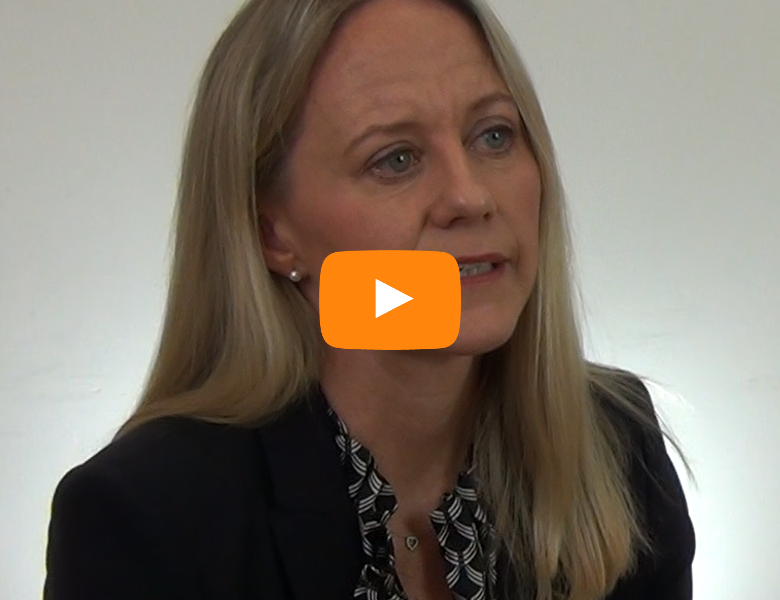Patient centricity standards, criteria and KPIs across the biopharma industry (Part 2)
Looking for optimal standards, criteria and KPIs of patient centricity across the biopharma industry: an overview of existing frameworks and conceptual models

Download Part I:
Download Part II:
Introduction
As a part of our taskforce aimed to comprehensively analyse the selected 12 patient centricity frameworks and conceptual models, we planned to evaluate their implementation potential and possible adoption of their key elements by the biopharmaceutical industry. Alongside such characteristics as frameworks’/models’ key objectives, authorship (which stakeholders developed and proposed them, whether patient representatives were involved or not), targeted stakeholders, targeted medicine lifecycle stage or industry/healthcare operations, proposed key elements criteria, standards, KPIs or other indicators, – this analysis should navigate industry representatives in the search and defining optimal measurements of success within corporate patient centricity.
The following frameworks and conceptual models as well as their key elements were analysed and described in the part 1 of our work.
Objectives
- To analyse the implementation potential of the selected frameworks and conceptual models, possible adoption of their key elements by the biopharmaceutical industry and patient community as unified standards, criteria or KPIs;
- To develop recommendations for the industry on selection and operational adoption of the most feasible patient centricity frameworks and/or conceptual models taking into consideration the results presented in the part 1.
Methods
The modified implementation outcomes criteria (IOCs) were used to evaluate the potential for successful implementation/adoption of the selected conceptual models and frameworks alongside adoption opportunity of the proposed key elements: patient centricity criteria, standards, KPIs and other impact indicators across the industry. In 2010 Proctor E. et al. substantiated the concept of implementation outcomes across healthcare with the aim to conceptualize, unify and evaluate successful implementation of several technologies/interventions [13]. A working ‘taxonomy’ was proposed, consisting of 8 IOCs with the definitions: acceptability, adoption, appropriateness, feasibility, fidelity, implementation cost, penetration/coverage and sustainability. This formed a robust basis for the assessment of implementation/adoption success or potential success, either prospectively (for planned interventions) or retrospectively (for already implemented interventions). The original criteria were modified for the qualitative assessment of the selected conceptual models and frameworks (Tab. 2, see pdf), with the focus on 3 key IOC: comprehensiveness (formerly penetration/ coverage), appropriateness (as the original) and potential adoption/implementation made up of 6 sub-criteria (modified based on ‘adoption’).
The modifications of the original concept were prompted by broader consideration of changes to be implemented across the biopharmaceutical industry and their focus on such outcomes as improved business processes, operations and corporate culture shifting rather than outcomes from clinical or non-clinical interventions within healthcare systems, which the original concept was proposed for. The four original IOC appropriateness, feasibility, fidelity and sustainability were retained; the two original criteria, penetration/coverage and implementation costs were adapted and referred to as comprehensiveness and implementation resources respectively; adoption was adapted to potential adoption/implementation and referred to as a consolidated criterion with six sub-criteria of feasibility, fidelity, measurability, implementation resources, sustainability and scalability; two newly proposed criteria, measurability and scalability were added under the consolidated criterion of potential adoption/implementation and the original criterion acceptability was perceived as inappropriate for the assessment due to the specific nature of such novel research (which has not been conducted before). Overall, the modifications allowed the authors to assess the selected patient centricity frameworks and conceptual models to be adopted/implemented across the biopharmaceutical industry based on refined IOC specific to the research question. The outputs of the assessment against the modified IOCs were summarised in table 3 (see pdf).
A 5-grade system was used to evaluate the selected frameworks and the extent to which the proposed standards/ elements/parameters can potentially be implemented by the industry: from 1 (lowest potential) to 5 (highest potential). More specifically, the comprehensiveness were evaluated as 5 (the most comprehensive) and 1 (the least comprehensive); the appropriateness – as 5 (the most appropriate and high potential to be aligned with corporate strategy and objectives) and 1 (the least appropriate and no potential to be aligned with corporate strategy and objectives); the feasibility – as 5 (the most feasible and implementable by the industry functions) and 1 (the least feasible and implementable by the industry functions); the fidelity – as 5 (can potentially be implemented as originally designed/proposed) and 1 (cannot be implemented as originally designed); the measurability – as 5 (can potentially be measurable through tangible KPIs/metrics) and 1 (cannot be measurable through KPIs/metrics); the implementation resources – as 5 (the lowest resources demand) and 1 (the highest resources demand); the sustainability – as 5 (the most sustainable over a long period of time) and 1 (the least sustainable/not sustainable over a long period of time); scalability – as 5 (the most scalable and highly replicable by several organisations and groups) and 1 (the least scalable and not replicable by several organisations and groups). The evaluation was conducted through open authors’ discussion around each framework/conceptual model and sequential consideration of possible implementation scenarios against each IOC. The outputs and opinions from the previous internal (within the company) and external (PFMD workstreams, other workshops and conferences) discussions were taken into consideration and authors have finally agreed their opinion regarding each framework or conceptual model.
Practical recommendations for the possible implementation and operational adoption of the analysed frameworks and conceptual models were developed.
Results
The results of the framework and conceptual model analysis against the modified IOCs are consolidated in Tab. 3; the proposed key elements of each framework or conceptual model were assessed in terms of their comprehensiveness (penetration/coverage), appropriateness for potential adoption/ implementation by the industry and extent to which they meet the sub-criteria of the adoption IOC. The findings are discussed in the following section (for the full publication, download the pdf).
Conclusions and recommendations
Authors acknowledge some methodology limitations in terms of using IOC which initially were developed for the analysis of implementation potential of several medical technologies within healthcare settings, but not for process improvements and operational excellence across the biopharmaceutical industry. To adjust the existing tool, the IOC were modified and re-defined. There is a first attempt to analyse the frameworks and conceptual models of patient centricity developed over the last decade with the focus on their potential for further implementation and operational adoption by different organisations of the biopharmaceutical industry.
The 12 analysed frameworks/conceptual models and their key elements could be considered as a good background resources for co-development of industry-wide patient-centric standards and KPIs in close collaboration with patient experts, however nothing can be taken as originally designed and therefore implemented in a native format (lack of fidelity). Analysis of the modified IOCs showed that the PatientView, KINAPSE and PFMD frameworks have the highest implementation potential across the biopharmaceutical industry.
Albeit some frameworks and related key elements (PatientView and PFMD) are now being piloted in organisations, there is a common need for cross-functional and cross-industry discussions, piloting, validation and acceptance of the most adoptable key elements as standards and KPIs. All these steps must be done in close collaboration with patients and patient organisations to gain their continuous feedback, insights and advice. These steps and such a collaborative approach should be integrated into corporate strategy and ways of working as workstreams on patient-centricity/patient affairs standards. These findings and interim milestones should be the subject for further research and publications.
This study has been published in the Ukrainian Journal of Public Health, which adheres to the International Committee on Publication Ethics.









